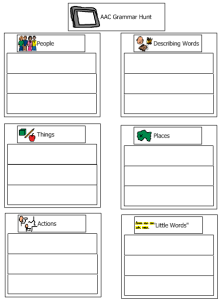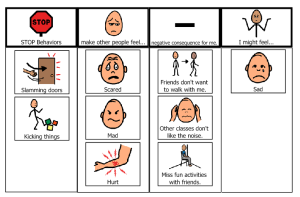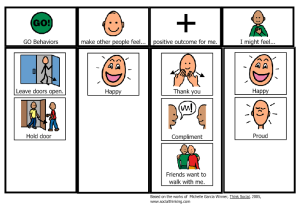Sometimes, as the school year starts rolling, you can find yourself getting stuck in routines rather than continuously improving your practice. I find that a mid-year check-up, akin to getting a physical, is helpful in order to break up the monotony and get ‘back on track’ after winter break! Below is my check-up–Think about your own answers and use them to make a few changes during the second part of the school year! I think you will be glad you did.
What is going RIGHT? The data collection piece for independent work is going very well. I am also pleased with the amount of 1:1 time that I get with each student per day. I had to make a few adjustments when a new student moved in, but I still get a substantial amount of 1:1 time with each student every week.
What definitely NEEDS to be ‘fixed’? I’m not sure how meaningful reading group always is. I need to get in to the books earlier so I can script comments and questions for students/assistants to use when interacting with text. This way, students will be able to work more on communication goals at this station. Additionally, I can use other sources to supplement the reading material from the Unique Learning System to make sure it is relevant to my students.
Are there any easy fixes that you can make? Now is the time! I need to update the computer schedule. One student is never getting to his email because he is on a job site on the day/time that it is on his schedule. Another student received a new computer program mid-year, and the program has yet to make it on the computer schedule. These are easy fixes to make!
Have you been doing anything the SAME for all students? Warning! Warning! I had very similar schedules for all students because each student could access it with independence. I neglected to recognize that a few students are ready for an ‘upgrade’ to a more advanced style schedule now that they are excellent readers (and, more importantly, comprehenders) of schedule words. Another important reason to ‘upgrade’ to written schedules is because they are easier to make and will be more likely to be used once the student leaves the high school. I will have two students transition to written schedules.
Have you been doing anything individually for each student that can be streamlined? I have been making individual data sheets for each student. I need to keep thinking about whether or not I can make effective data sheets that can be used more generally. I try to design my data sheets very carefully to allow for ease of data collection. Most, if not all, data sheets consist of filling in a blank or two and then circling criteria or writing pluses/minuses. A little more work on the front end, even if it means doing them individually, might be worth the time and effort it saves with routine data collection.
Assess your schedule for ‘regular classroom maintenance.’ Does anything need to be changed? I need to update some of the computer programs more regularly. Right now it is on my schedule to update each program each week, but this is often the first thing that falls through the cracks as I get busier. I need to make this more of a priority.
Does anything need to be moved/repaired/replaced? Front row microphones haven’t worked all year, one of the netbooks won’t connect to the internet, reinforcers in Discrete Trial Trainer aren’t working properly, and the cords behind my computers look straight from a National Lampoon movie.  I can handle some of these, and I need to request that others in the building handle the rest. All are somewhat easy fixes!
I can handle some of these, and I need to request that others in the building handle the rest. All are somewhat easy fixes!
How are students doing in unstructured times? What can you do to help? Students have been doing fairly well in their lunch period. All students have been eating in the cafeteria with typical students—a fairly big deal when you realize how busy and chaotic the cafeteria can be. Some students struggle behaviorally in PE, but I hesitate to intervene here because the PE teacher typically likes to work through these issues herself.
I intentionally unstructured a chunk of time in the morning, between unloading the buses and starting our homeroom routine in order to work on independent leisure skills. Some students have embraced it, but one particular student is still really struggling. He constantly goes to staff members for attention or bothers other students rather than interacting with a leisure activity. He is a really social kid and would rather hang out with others than play by himself—unfortunately his social skills are very poor and it usually looks like he is terrorizing others rather than attempting to be friendly. I need to find more motivating independent leisure activities for him as well as teach him more appropriate ways to be a good friend to other students.
What is nagging at you that you have no control over? Now is the time to let it go! There are a few school staff members that really dote on our students and truly enjoy them—but tend to treat them like babies rather than the high school-ers that they are. This usually happens in the hallways or in the cafeteria—and I have no control over it! Second semester, I will let it go!

Are you taking care of yourself outside of work? What do you do that you enjoy? Can you make room in your schedule for more activities you enjoy? I generally take pretty good care of myself. I work out daily—usually running with my dog or playing basketball. I also enjoy reading, playing guitar, cooking, hiking, and blogging. Now that I have started coaching basketball, I realize that I haven’t made as much time for some of these things as I could. Second semester, I will make choices to read or practice the guitar more often, instead of filling spare moments with TV or addictive phone apps (darn you, Candy Crush Saga). I also have been thinking about writing a novel—who knows if I could, but I would like to make time to try!











